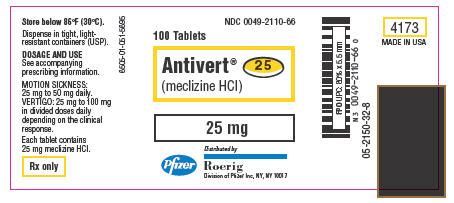Recovery from knee replacement surgery is a complex and highly individualized process, influenced by a multitude of factors including the patient’s overall health, the surgical technique used, and the effectiveness of the post-operative rehabilitation program. While the journey to full recovery can vary significantly from person to person, understanding the general timeline and milestones of knee replacement recovery can help manage expectations and facilitate a smoother healing process.
Immediate Post-Surgery (0-2 weeks)
The initial phase following knee replacement surgery is marked by significant pain, swelling, and limited mobility. Patients typically spend 1-3 days in the hospital, where they begin their rehabilitation under the guidance of physical therapists. The primary goals during this period are to manage pain, prevent infection, and initiate movement to prevent stiffness. Most patients are able to stand and walk with assistance within the first few days after surgery.
Early Recovery (2-6 weeks)
As patients transition back to their homes, they enter a critical phase of recovery where consistent progress is key. This period is characterized by continued physical therapy, aimed at improving range of motion, strengthening the muscles around the knee, and enhancing walking ability. Many patients are able to discontinue using crutches or walkers by 4-6 weeks post-surgery, though this can vary. Driving may also become feasible around this time, provided the patient is not taking narcotics and can safely operate a vehicle.
Intermediate Recovery (6-12 weeks)
Beyond the initial two months, patients typically notice significant improvements in their knee function. Physical therapy progresses to more advanced exercises, focusing on balance, agility, and strength training to support the recovery of high-level activities. By 3 months, most individuals can resume low-impact activities such as cycling, swimming, or using an elliptical machine. It’s also common for patients to start feeling more confident in their ability to perform daily tasks without assistance.
Advanced Recovery (3-6 months)
At this stage, the focus shifts towards achieving full strength, flexibility, and pre-surgery activity levels. Patients may be able to participate in more strenuous exercises and sports, though high-impact activities like running or jumping may need to be avoided to protect the new joint. Many people are able to return to work, depending on the nature of their job, and can enjoy a more active lifestyle. However, it’s crucial to follow the surgeon’s recommendations regarding activity levels to ensure proper healing and longevity of the prosthetic.
Long-Term Recovery (6-12 months and beyond)
Full recovery from knee replacement surgery can take up to a year, with some patients continuing to notice improvements even after 12-18 months. During this phase, it’s essential to maintain a regular exercise routine to keep the knee mobile and strong. Follow-up appointments with the surgeon are critical to monitor the success of the surgery, address any complications, and provide guidance on long-term care and maintenance of the new knee.
Factors Influencing Recovery Time
- Age and Overall Health: Older patients or those with underlying health conditions may experience a slower recovery.
- Surgical Technique: Minimally invasive surgeries and advanced technologies can sometimes reduce recovery times.
- Rehabilitation Adherence: Consistent participation in physical therapy and adherence to home exercise programs significantly impact recovery speed and effectiveness.
- Complications: Infections, blood clots, or prosthetic component loosening can complicate and prolong the recovery process.
Conclusion
Knee replacement recovery is a journey that requires patience, dedication, and a collaborative effort between the patient, surgeon, and rehabilitation team. By understanding the phases of recovery and factors that can influence healing, individuals can better prepare themselves for the process and work towards achieving the best possible outcomes from their surgery. Recovery times can vary widely, but with advancements in medical technology and rehabilitation techniques, many patients are able to regain significant function and enjoy an improved quality of life following knee replacement surgery.
What is the average recovery time for knee replacement surgery?
+The average recovery time for knee replacement surgery can range from 3 to 6 months for significant improvement, but full recovery may take up to a year or more, depending on individual factors such as age, overall health, and adherence to rehabilitation.
Can I drive after knee replacement surgery?
+Most patients can resume driving within 4-6 weeks after surgery, provided they are not taking narcotics and can safely operate a vehicle without compromising their recovery or putting others at risk.
How long does it take to walk normally after knee replacement?
+Walking normally after knee replacement surgery can take several weeks to a few months. Most patients are able to walk without assistance by 6-12 weeks post-surgery, but regaining a completely normal gait may take longer, depending on individual recovery and physical therapy progress.
What activities should be avoided after knee replacement surgery?
+High-impact activities such as running, jumping, and contact sports are typically avoided to protect the new knee joint. It’s also recommended to avoid heavy lifting, bending, and twisting, especially in the early stages of recovery. Always follow the specific advice and guidelines provided by your healthcare team.
How often should I follow up with my surgeon after knee replacement surgery?
+Follow-up appointments with your surgeon are crucial for monitoring the success of the surgery and addressing any potential complications early. Typically, patients have follow-up visits at 2-4 weeks, 6-8 weeks, 3-6 months, and 1 year post-surgery, but the schedule may vary based on individual needs and recovery progress.


